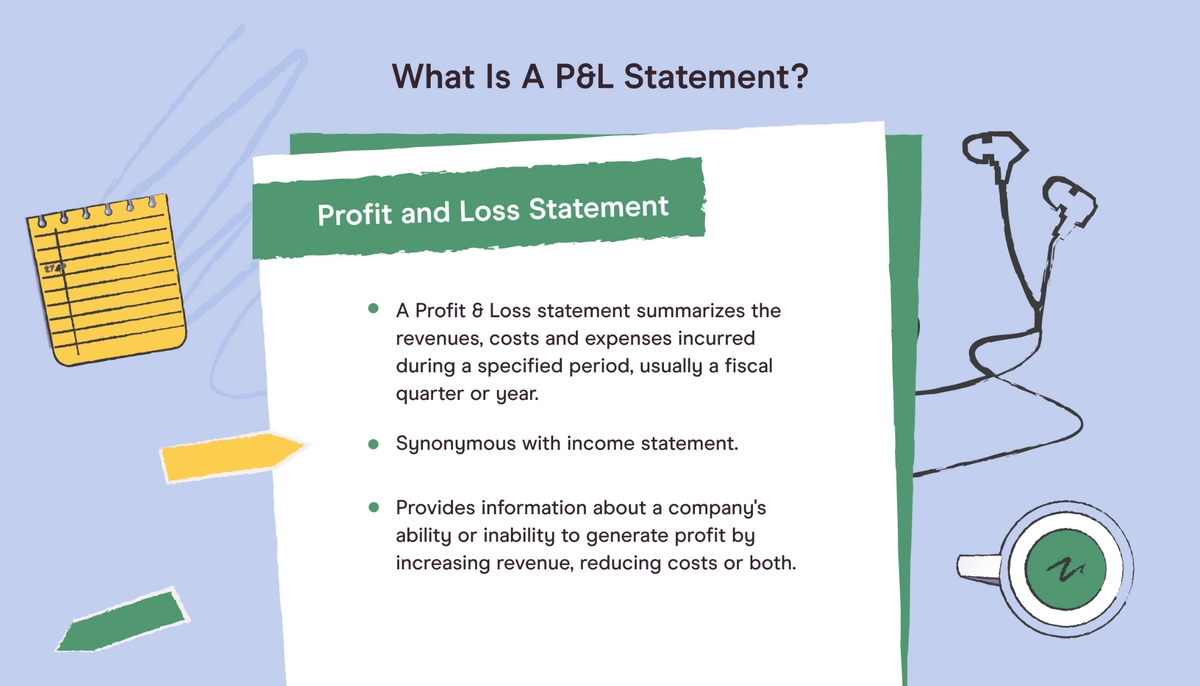Home>Finance>Capital Loss Definition And Reporting Requirements


Finance
Capital Loss Definition And Reporting Requirements
Published: October 23, 2023
Learn the definition of capital loss in finance, along with the reporting requirements. Understand the implications of capital losses for your financial portfolio.
(Many of the links in this article redirect to a specific reviewed product. Your purchase of these products through affiliate links helps to generate commission for LiveWell, at no extra cost. Learn more)
Understanding Capital Losses: A Guide to Definition and Reporting Requirements
When it comes to managing your finances, it’s essential to have a clear understanding of various financial concepts. One such concept is capital losses, which can have a significant impact on your overall financial picture. In this blog post, we will delve into the definition of capital losses and explore the reporting requirements that come along with them. By the end, you’ll have a comprehensive understanding of capital losses and be equipped to navigate this aspect of personal finance effectively.
Key Takeaways:
- A capital loss occurs when you sell an investment or asset for less than its original purchase price.
- Capital losses can be used to offset capital gains, reducing your tax liability.
What is a Capital Loss?
A capital loss occurs when you sell an investment or asset for less than its original purchase price. This loss represents the difference between the purchase price and the sale price, and it can have both financial and tax implications.
Reporting Capital Losses:
Reporting capital losses is a crucial step in managing your taxes and overall financial strategy. Here are the reporting requirements to keep in mind:
- Keep accurate records: It’s vital to maintain thorough records of all investment transactions, including purchase and sale dates, prices, and any associated fees or commissions. These records will be essential when it comes time to report your capital losses.
- Identify short-term and long-term losses: Capital losses can be classified as either short-term or long-term, depending on the holding period of the asset. Short-term capital losses occur when you sell an asset held for one year or less, while long-term capital losses refer to assets held for more than one year. The classification of your capital loss will impact the tax treatment and deduction limitations.
- Use capital losses to offset capital gains: One significant benefit of capital losses is their ability to offset capital gains. If you have any capital gains in a given tax year, you can deduct your capital losses from those gains, reducing your overall tax liability. It’s essential to understand the specific rules and limitations regarding the offsetting process, as they can vary based on the type of investment and your income level.
- Report capital losses on your tax return: When it comes time to file your tax return, you will need to report your capital losses accurately. This typically involves completing IRS Form 8949 and Schedule D, detailing the specific investments, dates, and corresponding loss amounts. Working with a tax professional or using tax software can help ensure accurate reporting.
- Carry forward unused losses: If your capital losses exceed your capital gains in a given tax year, you can carry forward the unused losses to future years. This can be beneficial in reducing your tax liability over time and can potentially offset gains in subsequent years.
Conclusion
Understanding capital losses and their reporting requirements is an essential aspect of managing your finances effectively. By keeping accurate records, identifying short-term and long-term losses, and utilizing capital losses to offset gains, you can make informed decisions that optimize your tax liability. Remember to consult with a financial advisor or tax professional for personalized guidance tailored to your specific financial situation.














